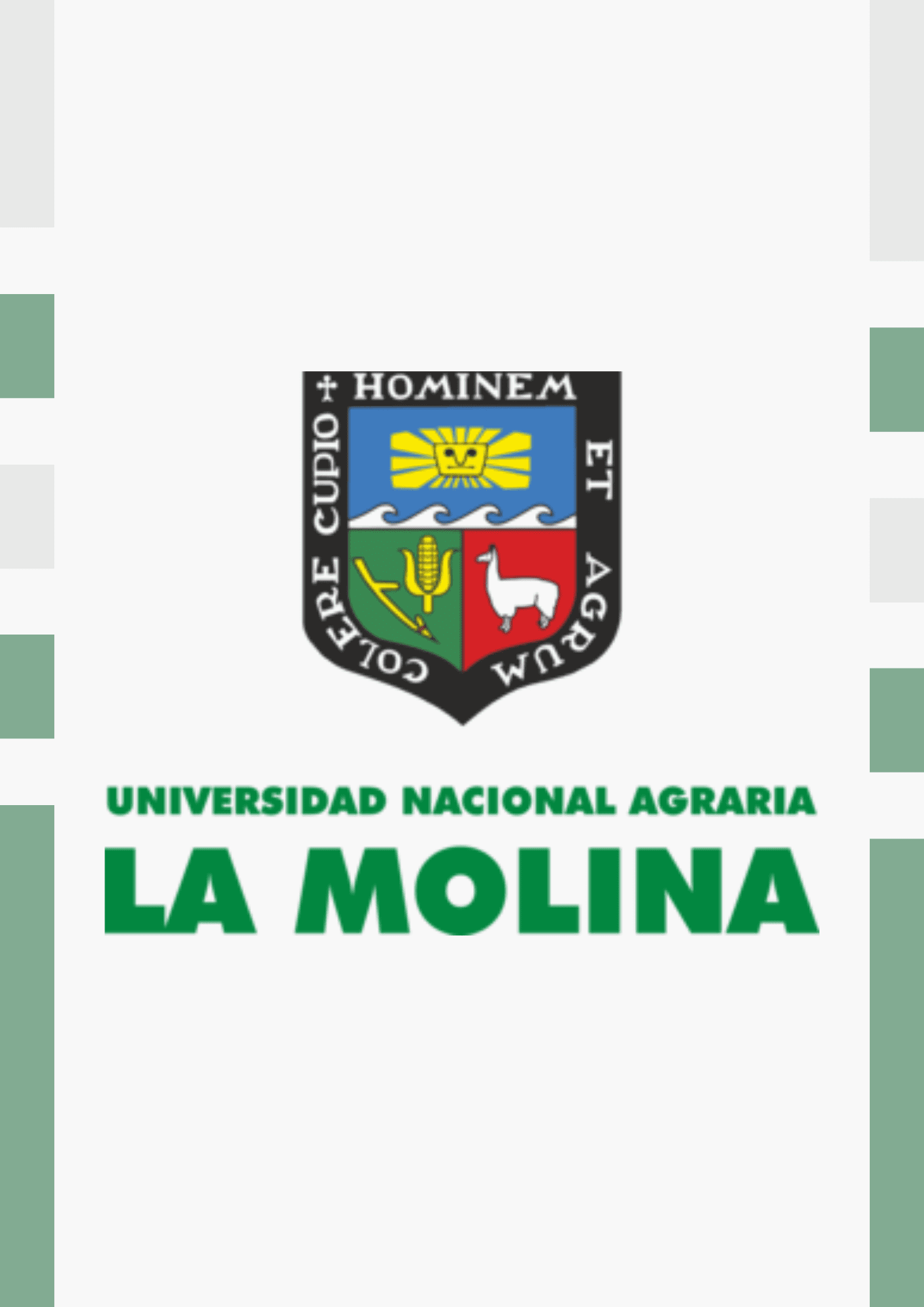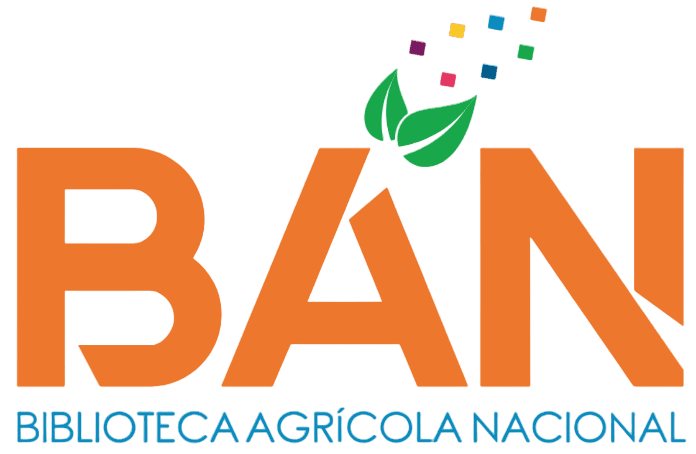Aplicación de foto-termoperiodo en la maduración sexual y el desove de la cabrilla (Paralabrax humeralis)
| dc.contributor.advisor | Angeles Escobar, Beatriz Elena | |
| dc.contributor.author | Silva Beck, Eduardo | |
| dc.date.accessioned | 2018-06-15T15:19:38Z | |
| dc.date.available | 2018-06-15T15:19:38Z | |
| dc.date.issued | 2018 | |
| dc.description | Universidad Nacional Agraria La Molina. Escuela de Posgrado. Maestría en Acuicultura | |
| dc.description.abstract | La presente investigación evaluó el efecto del foto-termoperiodo artificial (Tratamiento 1) y artificial comprimido (Tratamiento 2) sobre la maduración sexual y el desove de cabrillas (Paralabrax humeralis), mantenida en dos sistemas de recirculación con dos réplicas durante un periodo experimental de nueve meses. Diaria y semanalmente se evaluaron los parámetros físico-químicos del agua, mensualmente y por un periodo de seis meses se evaluó el desarrollo ovocitario, la calidad espermática, la concentración de vitelogenina (VTG), 11Ketotestosterona (11KT) en plasma, y la calidad del desove. La calidad del agua de los sistemas de recirculación no presentó diferencias significativas entre tratamientos a excepción de la temperatura (p<0,05) la cual fue programada para estar desfasada entre los tratamientos. La maduración sexual se vió regulada por el foto-termoperiodo, pudiendo obtener hembras en estadío III de maduración por un periodo más prolongado en el tratamiento artificial comprimido. La calidad espermática se mantuvo similar a lo largo del experimento, mostrando que los machos pueden estar listos para liberar esperma todo el año. La concentración de VTG y 11KT en plasma sanguíneo se vió regulada por el foto-termoperiodo, mostrando un incremento en concentración en los meses más cálidos y una baja concentración el los meses más frios. La concentración apropiada para inducir el desove en hembras en estadio III de madurez fue de 5μg.kg-1 de GnRHa + 2,5mg.kg-1 de domperidona. En conclusión, se observó que el proceso de maduración sexual de la cabrilla Paralabrax humeralis es influenciada por la temperatura y el fotoperiodo, encontrando que al incrementar la temperatura de los 17 a 20oC con un fotoperiodo de 10 a 12 horas de luz, es posible inducir el proceso de maduración sexual. | |
| dc.description.abstract | This study evaluated the effect of the artificial photo-thermoperiod (Treatment 1) and compressed artificial photo-thermoperiod (Treatment 2) on sexual maturation and spawning of the peruvian rock sea bass Paralabrax humeralis, maintained under recirculation systems during nine months of experimentation. Daily and weekly physico-chemical parameters of water were evaluated, and for a period of six months oocyte development, the sperm quality, the concentration of vitellogenin (VTG), 11 Ketotestosterone (11KT) in plasma, and the spawning quality. Water quality of both recirculation systems did not show significant differences between treatments except for temperature (p <0.05) which was programmed to be out of phase between treatments. Sexual maturation was regulated by the photo-thermoperiod, being able to obtain females in stage III of maturation for a longer period of time with the artificial compressed treatment. Sperm quality remained similar throughout the experiment, showing that males can be ready to release sperm throughout the year. The concentration of VTG and 11KT in blood plasma was regulated by the photo-thermoperiod, showing an increase in concentration during warmer months and a low concentration during colder months. The appropriate concentration to induce spawning in mature stage III females was 5μg.kg-1 of GnRHa + 2.5mg.kg-1 of domperidone. In conclusion, it was observed that the sexual maturation process of Paralabrax humeralis is influenced by temperature and photoperiod, finding that by increasing the temperature from 17 to 20 oC oC with a photoperiod of 10 to 12 hours of light, it is possible to induce the process of sexual maturation. | |
| dc.description.uri | Tesis | |
| dc.format | application/pdf | |
| dc.identifier.other | M12.S5-T BAN UNALM | |
| dc.identifier.uri | https://hdl.handle.net/20.500.12996/3381 | |
| dc.language.iso | spa | |
| dc.publisher | Universidad Nacional Agraria La Molina | |
| dc.rights | info:eu-repo/semantics/openAccess | |
| dc.rights.uri | https://creativecommons.org/licenses/by-nc-nd/4.0/ | |
| dc.source | Universidad Nacional Agraria La Molina | |
| dc.source | Repositorio institucional - UNALM | |
| dc.subject | Paralabrax humeralis | |
| dc.subject | Madurez sexual | |
| dc.subject | Métodos de crianza | |
| dc.subject | Técnicas de crianza | |
| dc.subject | Acuicultura | |
| dc.subject | Gónada | |
| dc.subject | Hormonas esteroides | |
| dc.subject | Esteroides | |
| dc.subject | Desempeño en la postura | |
| dc.subject | Evaluación | |
| dc.subject | Perú | |
| dc.subject | Cabrilla | |
| dc.subject | Foto-termoperiodo | |
| dc.subject | Calidad del desove | |
| dc.subject.ocde | https://purl.org/pe-repo/ocde/ford#4.01.01 | |
| dc.title | Aplicación de foto-termoperiodo en la maduración sexual y el desove de la cabrilla (Paralabrax humeralis) | |
| dc.type | info:eu-repo/semantics/masterThesis | |
| thesis.degree.discipline | Acuicultura | |
| thesis.degree.grantor | Universidad Nacional Agraria La Molina. Escuela de Posgrado | |
| thesis.degree.level | Maestría | |
| thesis.degree.name | Magister Scientiae - Acuicultura |
Files
License bundle
1 - 1 of 1

- Name:
- license.txt
- Size:
- 1.64 KB
- Format:
- Item-specific license agreed upon to submission
- Description:

